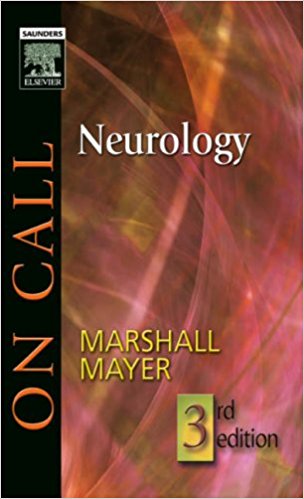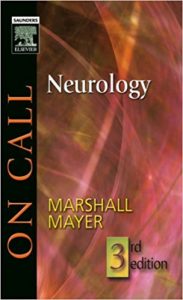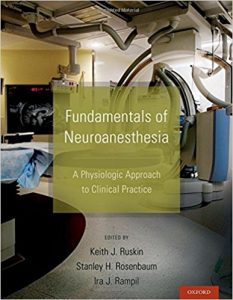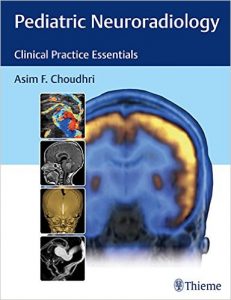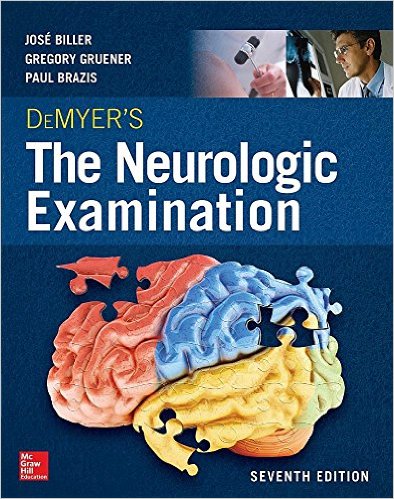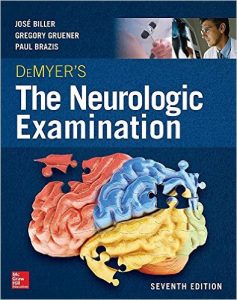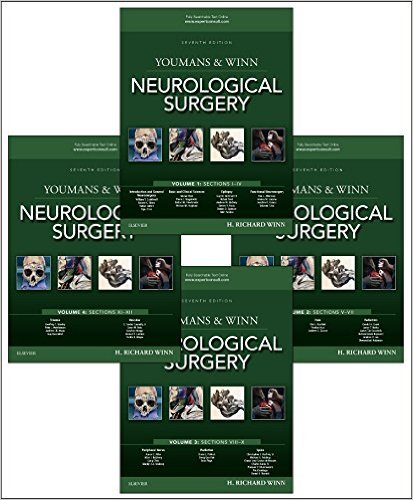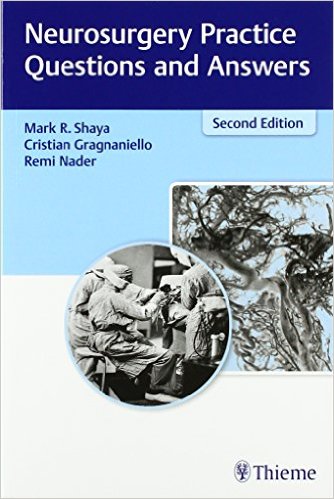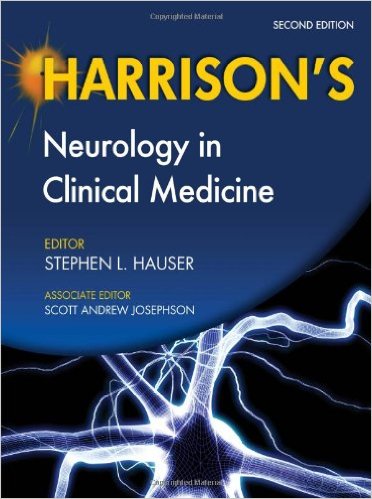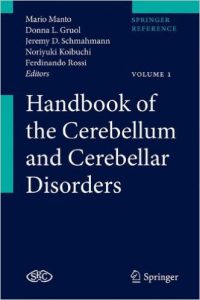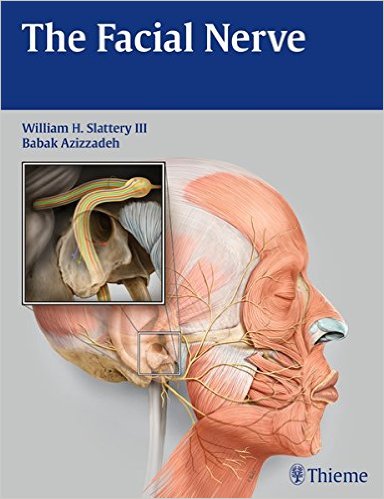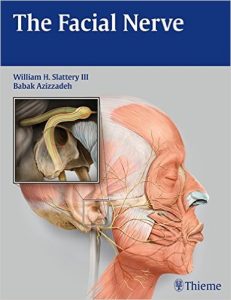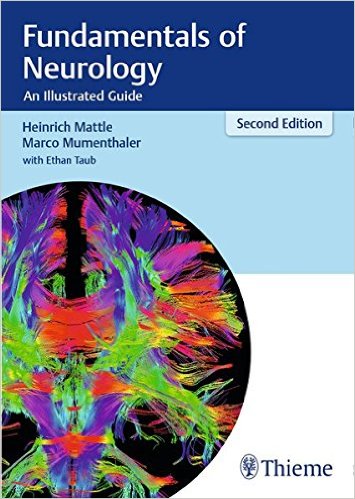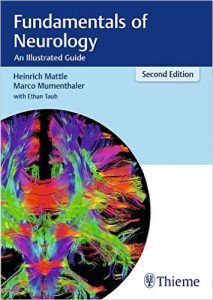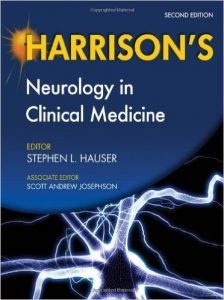
[amazon template=iframe image2&asin=0071741038]
The authority of Harrison’s in a handy, full-color paperback devoted exclusively to Neurology in Clinical Medicine
“…continues to be a hallmark work that provides a fundamental approach to understanding clinical neurology and at the same time presents comprehensive information on current pathogenic concepts and new diagnostic and therapeutic approaches that have been introduced into clinical practice….This book is highly recommended for everybody interested in clinical neurology. For students who have not yet received much exposure to patients with neurological disease, it serves as a textbook that brings the structure that they need to understand neurology. For experienced neurologists who are being confronted with clinical neurological problems on a daily basis, it serves as a stable, reliable, and up-to- date source of information that cannot be equaled by the Internet.”–Archives of Neurology
4 STAR DOODY’S REVIEW!
“This new edition provides a necessary update, highlighting advances in the field that are of key clinical importance. Its quality, organization, and clinical relevance are outstanding. Students and practitioners in neurology, psychiatry, and primary care will find it a worthwhile resource.”–Doody’s Review Service
“…a winning title for any college-level health reference collection….Over 80 questions and answers and over 50 chapters written by physicians, make for a powerful set of references and articles.”–The Midwest Book Review
Featuring the chapters on Neurology that appear in the landmark Harrison’s Principles of Internal Medicine, 17e, this compact clinical companion delivers all the latest knowledge in the field, backed by the scientific rigor and reliability that have defined Harrison’s.
You’ll find coverage that reflects the expertise of renowned editors and contributors — presented in a carry-anywhere format that makes it ideal for the classroom, the wards, or the point of care. With its ease of use, indispensable diagnosis-speeding guidelines, and acclaimed state-of-the-art strategies, Harrison’s Neurology in Clinical Medicine is a must for students and clinicians alike.
Harrison’s Neurology in Clinical Medicine delivers:
- Current, complete coverage of need-to-know neurology topics, including clinical manifestations of neurologic disease, diseases of the nervous system, chronic fatigue syndrome, psychiatric disorders, and alcoholism and drug dependency
- Integration of pathophysiology with clinical management topics in each of the disease-oriented chapters
- 4 complete chapters in print format from the acclaimed Harrison’s DVD
- 80+ high-yield questions and answers drawn from Harrison’s Principles of Internal Medicine Self-Assessment and Board Review, 17e
- 52 chapters written by physicians who have made seminal contributions to the body of knowledge in their areas of expertise
- References that have been updated since the publication of HPIM 17e
DOWNLOAD THIS BOOK FREE HERE
http://upsto.re/AtziPFg
